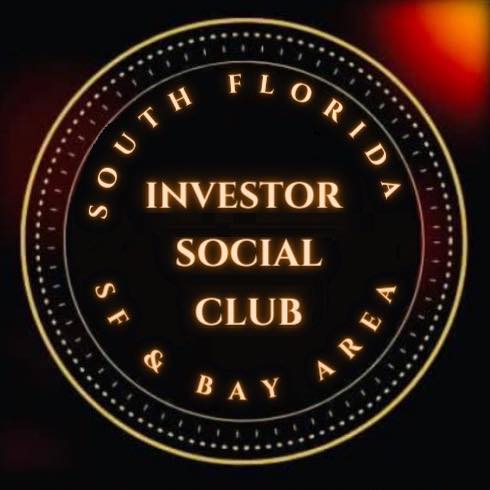The 2008 market crash, often referred to as the “Great Recession,” was a complex event triggered by a combination of factors:
Housing Bubble: In the years leading up to 2008, there was a significant increase in housing prices fueled by speculative buying, easy access to credit, and lax lending standards. This led to a housing bubble where home prices soared to unsustainable levels, far outpacing the growth in household incomes.
Subprime Mortgage Crisis: A key driver of the housing bubble was the proliferation of subprime mortgages, which were loans extended to borrowers with poor credit histories or limited income documentation. These loans were often bundled together and sold as mortgage-backed securities (MBS) to investors, spreading the risk throughout the financial system.
Securitization and Financial Engineering: Financial institutions engaged in complex financial engineering practices, such as securitization, where mortgages were bundled into MBS and sold to investors. These securities were often further sliced into tranches with varying levels of risk, with the highest-rated tranches perceived as low risk despite being backed by subprime mortgages.
Deregulation and Lack of Oversight: Regulatory oversight of the financial industry was weakened in the years leading up to the crisis. Deregulation, combined with a lack of transparency and oversight, allowed risky lending practices to flourish, with little regard for the long-term consequences.
Credit Default Swaps (CDS): Credit default swaps, a type of insurance contract against default on loans or bonds, were widely used by financial institutions to hedge their exposure to risky assets such as MBS. However, the proliferation of CDS without proper regulation and oversight exacerbated systemic risk and contributed to the severity of the crisis when it unfolded.
Global Financial Interconnectedness: The interconnectedness of global financial markets meant that the fallout from the U.S. housing market collapse spread rapidly across the world. Financial institutions worldwide were exposed to toxic assets tied to the U.S. housing market, leading to a domino effect of bank failures, credit contraction, and economic downturns in many countries.
The bursting of the housing bubble, combined with the collapse of the subprime mortgage market and the ensuing financial panic, triggered a severe recession that reverberated throughout the global economy. The effects of the 2008 market crash were profound and far-reaching, leading to widespread job losses, home foreclosures, and a prolonged period of economic hardship for many individuals and communities.

